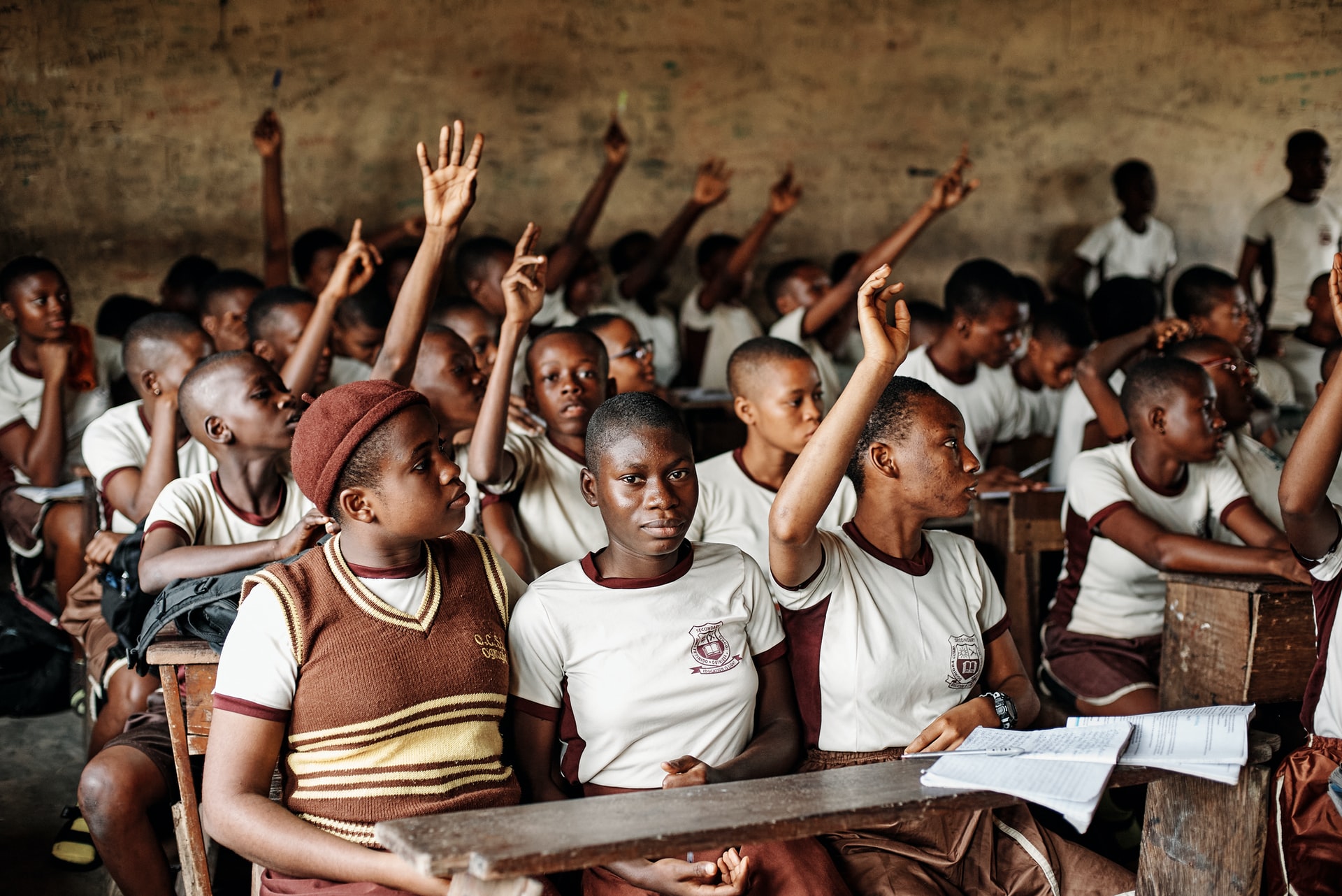Overcoming the Endemic Global Inequality
While COVID-19 was a great setback, most economies worldwide registered net positive growth in the years prior to the pandemic. Income inequalities, in particular, had reduced between economies. But within countries, relatively higher inequality levels were observed. From a broad standpoint, inequalities are not limited to income alone. Rather, they are also measured by gender, age, ethnicity, class and religion, among others.
Over the past few years, however, these divides have become more pronounced, especially so since the pandemic’s onset. Additionally, the management of COVID-19 is has thrown up severe inequalities: there are gender and diversity crises, and high unemployment levels in general. Yet, there is over employment of children. How should we begin to tackle wealth, racial and gender inequalities? What are initial steps that are needed to make this happen?
Horasis is organizing the Horasis USA Meeting on 04 March 2022 to examine and evaluate such issues. The one-day virtual event will see participation from a diverse range of people, spanning members of governments, businesses, academia, and the media. The goal is to deliberate on pressing issues that undermine progress and arrive at actionable solutions that can ensure shared prosperity.
The numbers will disappoint
Global inequalities result in a mix of divides among people living in a country, and between developed and less developed countries. For a better understanding, it is important to look at few inequality indicators.
- Since 2020, the world’s wealthiest 10 people have doubled their wealth while 99 percent of the world’s population saw decreases in income.
- The world’s super rich also avoid paying taxes by as much as 30%.
- Reduced taxes result in underfunded public services. One out of every five children will not be allowed to go to school.
- There are over 21,000 daily deaths entirely on account of inequalities.
- And despite significant advances, hunger claims over 2 million people annually.
The pandemic’s onset impacted income inequality, but it made other inequalities worse. The prolonged economic slowdown has impacted people, industries and countries to varying degrees. While high unemployment levels were a common trend across economies, an unfortunate observation was the increase in child labor levels.
An unfortunate reality
According to a 2021 UNICEF report, there are an estimated 160 million children globally who are victims of child labor. Of the total, 63 million were girls and 97 million were boys. Besides, there was an 8.4 million increase between 2016 and 2020.
The related statistics are even more gloomy. For the first time in two decades, commendable strides that had been made to eliminate child labor, have stagnated. Children as young as five are engaged in hazardous work – with there being as many as 79 million children in such dire circumstances. From a geographical standpoint, the problem is acute in sub-Saharan Africa. A combination of population growth, crushing poverty, and a lack of social safeguards have resulted in a further 16.6 million children falling victim to child labor.
There is also a strong possibility, the report says, that child workers will be subjected to longer work hours on account of an erratic economic climate and with their schools being closed. The pandemic exacerbated their woes and a further 9 million children stand a high chance of being forced into child labor by end-2022.
Conscious Efforts by Capitalists
Social mobility becomes low in countries that have high income inequality levels. This is likely due to the fact that children of highly paid individuals are more likely to be equally better off, while children of lower income individuals have a higher chance of finding themselves in relatively lower income levels. In this regard, a 2020 news report highlighted an unlikely trend.
A group comprising over 80 of the world’s wealthiest individuals took a more conscious route. At the same time, they maintain that charity is not necessarily an answer to solving the predicaments at hand. Called the Millionaires for Humanity, its members are from seven countries and they penned an open letter calling for governments to levy higher taxes on the “wealthiest of the wealthy”.
Of the 80 signatories in the open letter, 20 were US-based billionaires. It included philanthropist George Soros and Abigail Disney. They highlighted that they had a responsibility to contribute towards reducing the growing wealth gap. In addition to addressing inequalities, a higher tax on the wealthy will also help in countering climate change and enable better healthcare access, they added.
Taxation Will be Central to Reducing Inequalities
The Biden administration, meanwhile, has proposed several tax reforms. If enacted into law, the integrated tax rate on corporate income, in the US, will increase from the current 47.4 percent to 56.6 percent, making it the third highest corporate tax level in the OECD. But what the higher tax revenues will allow is upgrading of ageing infrastructure across the US. These will serve as strong enablers for the country’s economically weak.
Growing inequality levels globally are a trend that must be checked. And as the world’s largest economy, the US must lead in terms of designing and implementing progressive measures to address inequalities. With firm resolve and collaboration, governments and businesses can usher in tangible changes in relatively less time.
Photo Caption: A non-profit organization visits the Community Secondary School in Oginigba Community, Port Harcourt, Nigeria for an educational charity donation event.



